Physical Address
W Sunrise St, Bisbee, Arizona 85603
Physical Address
W Sunrise St, Bisbee, Arizona 85603
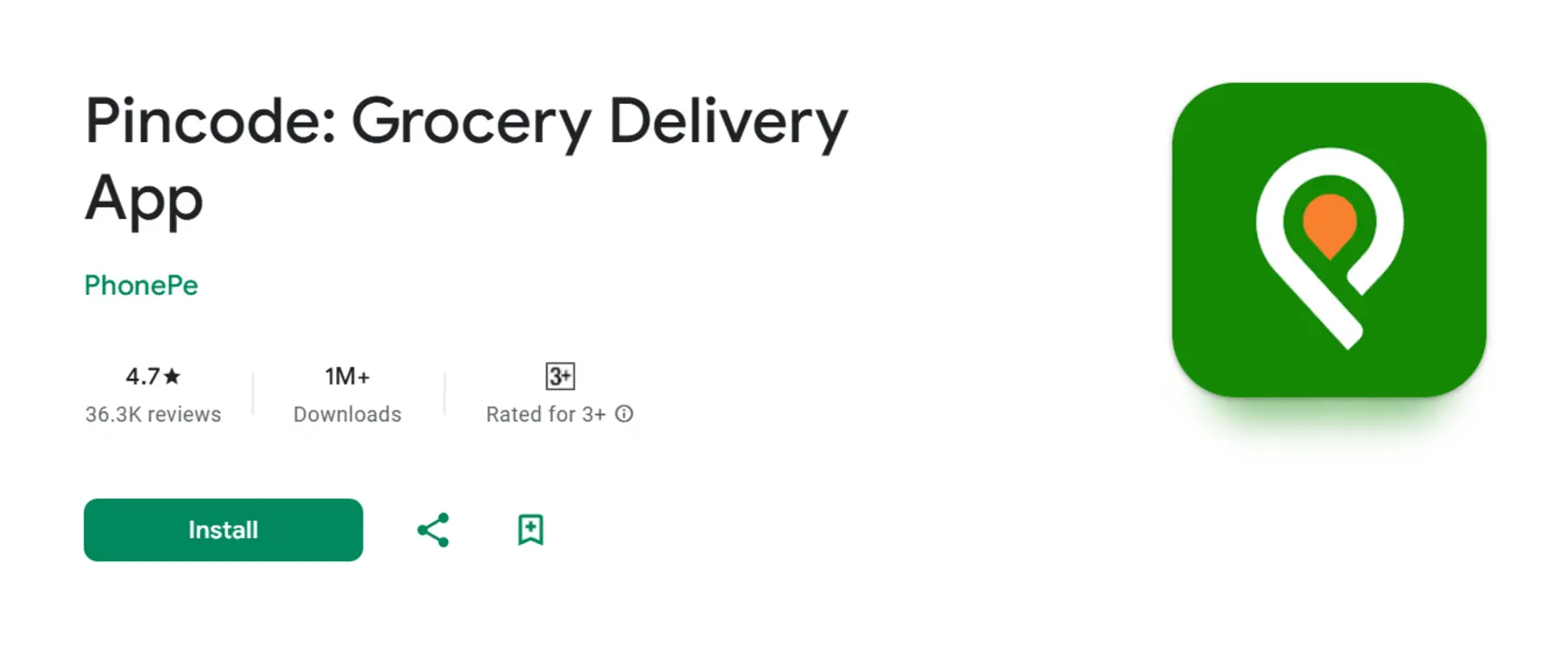
The quick-commerce market has exploded over the last few years, revolutionizing how consumers shop for essentials. PhonePe’s “Pincode” was introduced to compete in this fast-paced sector, aiming to deliver everyday products within minutes. However, despite PhonePe’s massive popularity in digital payments, Pincode could not establish itself as a strong player in the market. While competitors like Blinkit, Zepto, and Instamart continued to thrive, Pincode struggled to gain traction.
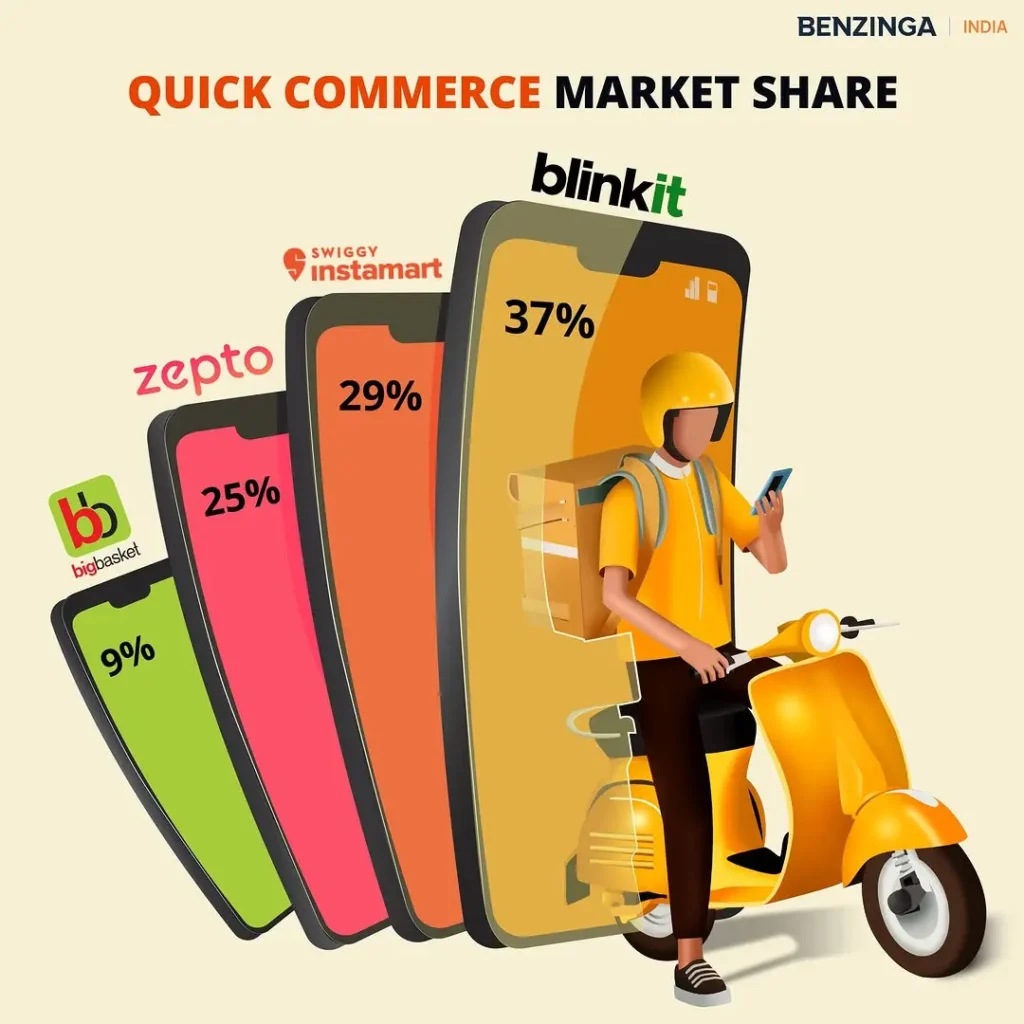
In this article, we’ll explore the multiple reasons behind the failure of PhonePe’s Pincode and how its competitors succeeded.
Quick-commerce, or q-commerce, refers to the ultra-fast delivery of goods, typically within 10 to 30 minutes. This trend has grown rapidly due to consumer demand for convenience, coupled with advances in technology, logistics, and infrastructure.
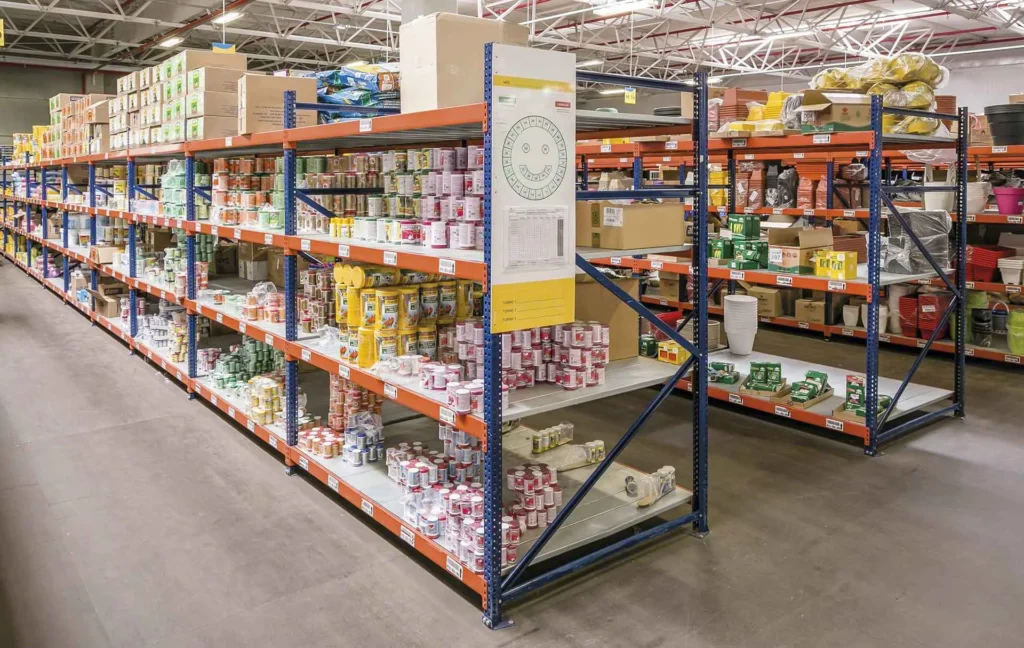
When PhonePe introduced Pincode, it aimed to tap into the burgeoning market of hyperlocal delivery. Unlike competitors like Blinkit or Instamart, which used centralized dark stores, Pincode partnered with local retailers. However, this seemingly innovative approach faced multiple challenges that hindered its growth.
PhonePe adopted a marketplace model where it leveraged existing stores in neighborhoods to fulfill orders. This decentralized model was meant to mimic the success of large-scale companies while maintaining lower operational costs. Unfortunately, it resulted in several operational inefficiencies.
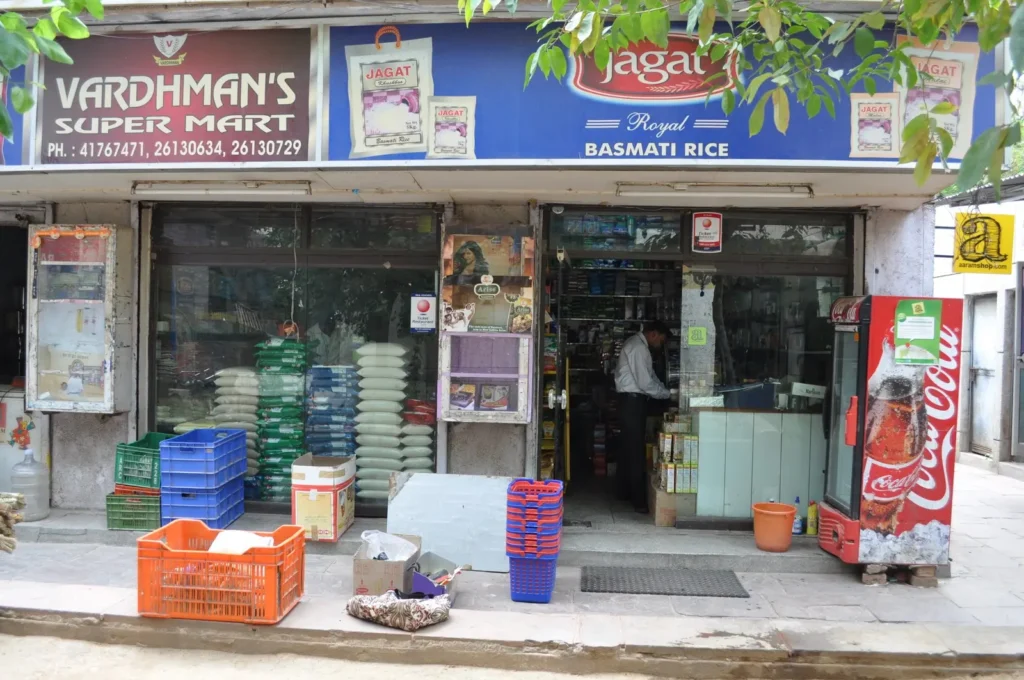
Here’s an in-depth analysis of the factors that contributed to Pincode’s struggles and why competitors succeeded:
Even though PhonePe is a well-known name in the digital payments industry, Pincode did not establish its own brand identity in the quick-commerce sector. Marketing campaigns were either too limited or lacked the kind of visibility that competitors enjoyed. Blinkit, for example, ran campaigns that built awareness quickly through heavy promotions, while Instamart tapped into its existing customer base from Swiggy.
For quick-commerce services, consumer recognition is key. While Blinkit spent heavily on TV ads, billboards, and app-based promotions, Pincode didn’t create enough buzz to convince customers to try its service.
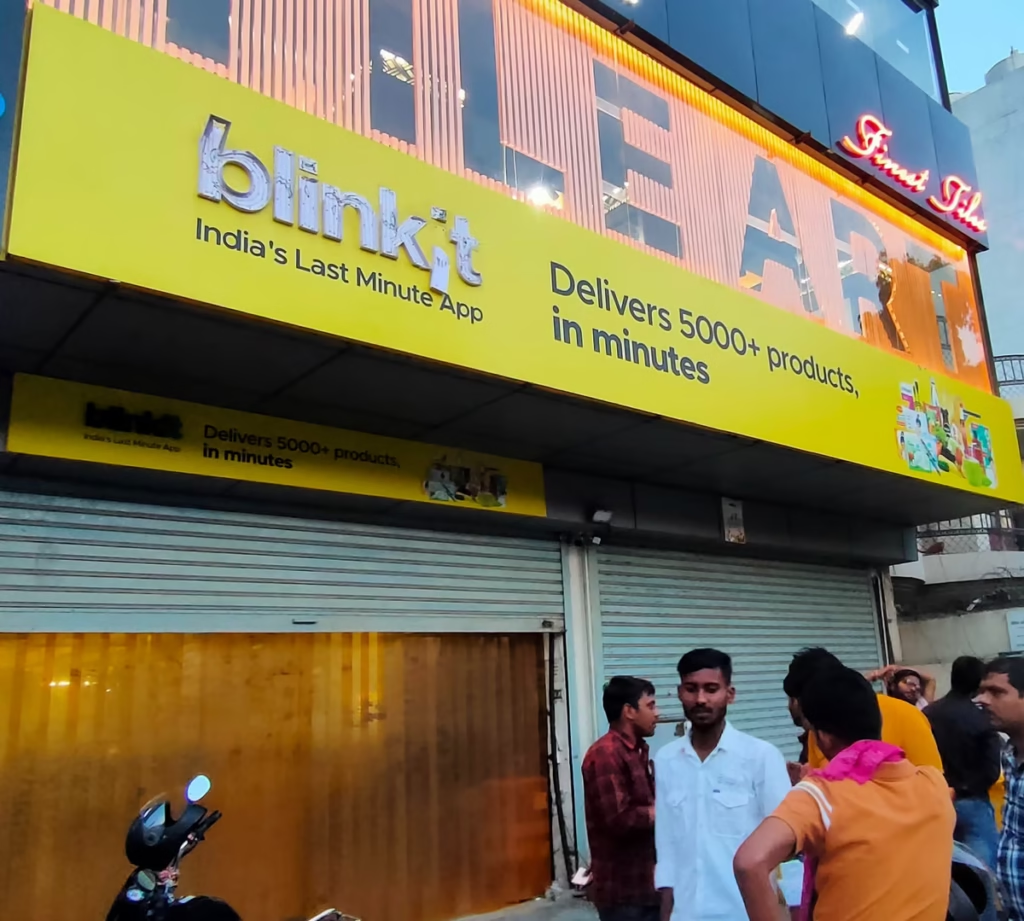
Why it mattered: In a sector defined by convenience, quick-commerce platforms thrive on brand recognition and consumer trust. Pincode’s failure to invest sufficiently in marketing meant it lacked the momentum to compete effectively.
Pincode’s marketplace model, while cost-effective, led to a range of operational issues that proved difficult to scale. Unlike centralized dark stores, which streamline inventory management, Pincode’s reliance on local stores introduced complexities:
| Factor | Pincode | Competitors (e.g., Blinkit) |
|---|---|---|
| Inventory Management | Decentralized (local stores) | Centralized (dark stores) |
| Delivery Speed | Slower and inconsistent | Faster (10-20 minutes) |
| Operational Complexity | High (partner-dependent) | Low (controlled processes) |
Technology is at the heart of the quick-commerce sector. From AI-based route optimization to real-time inventory management, companies that invest heavily in technology are better positioned to meet customer demands.
While Pincode had the backing of PhonePe’s tech infrastructure, it did not match the cutting-edge advancements implemented by competitors:
Technology also impacts customer experience. A user-friendly interface and smooth integration between payment systems and delivery logistics play a huge role in consumer retention. Pincode failed to offer an app experience that could compete with the polished interfaces of competitors.
When Pincode launched, the quick-commerce space was already dominated by established players like Blinkit and Swiggy Instamart. By the time PhonePe entered, these companies had built:
In such a saturated market, Pincode’s late entry meant it was forced to compete with players that had already solidified their presence. Blinkit, for instance, was already benefiting from massive user engagement and trust, which gave it a substantial first-mover advantage.
Quick-commerce is an investment-heavy sector. Companies need massive funds for:

While PhonePe’s existing financial strength gave Pincode some initial runway, it didn’t receive the level of investment necessary to compete at scale. On the other hand, Blinkit and Instamart had substantial funding, allowing them to expand rapidly and secure partnerships with retail chains.
Consumer expectations in the quick-commerce space are shaped by speed, product range, and reliability. Pincode couldn’t meet these expectations in several ways:
What Customers Expect: Quick-commerce customers want a seamless experience, with easy ordering, swift deliveries, and access to a wide variety of products. Pincode couldn’t match these expectations, which led to a higher churn rate.
So, what can other companies learn from Pincode’s mistakes? Let’s explore how competitors succeeded, and the key strategies they employed:
Pincode’s failure in the quick-commerce market highlights several lessons for companies looking to enter the sector. The combination of poor market awareness, operational inefficiencies, underfunded technology, and intense competition led to its downfall. To succeed in quick-commerce, companies need not only significant financial backing but also a strong tech infrastructure, effective marketing strategies, and an unwavering commitment to consumer satisfaction.
As the quick-commerce market continues to grow, PhonePe’s Pincode will be remembered as a cautionary tale—a reminder that entering a market late without proper investment and innovation is a high-risk move.
In the end, quick-commerce isn’t just about fast delivery—it’s about having the right strategy, technology, and understanding of consumer needs.